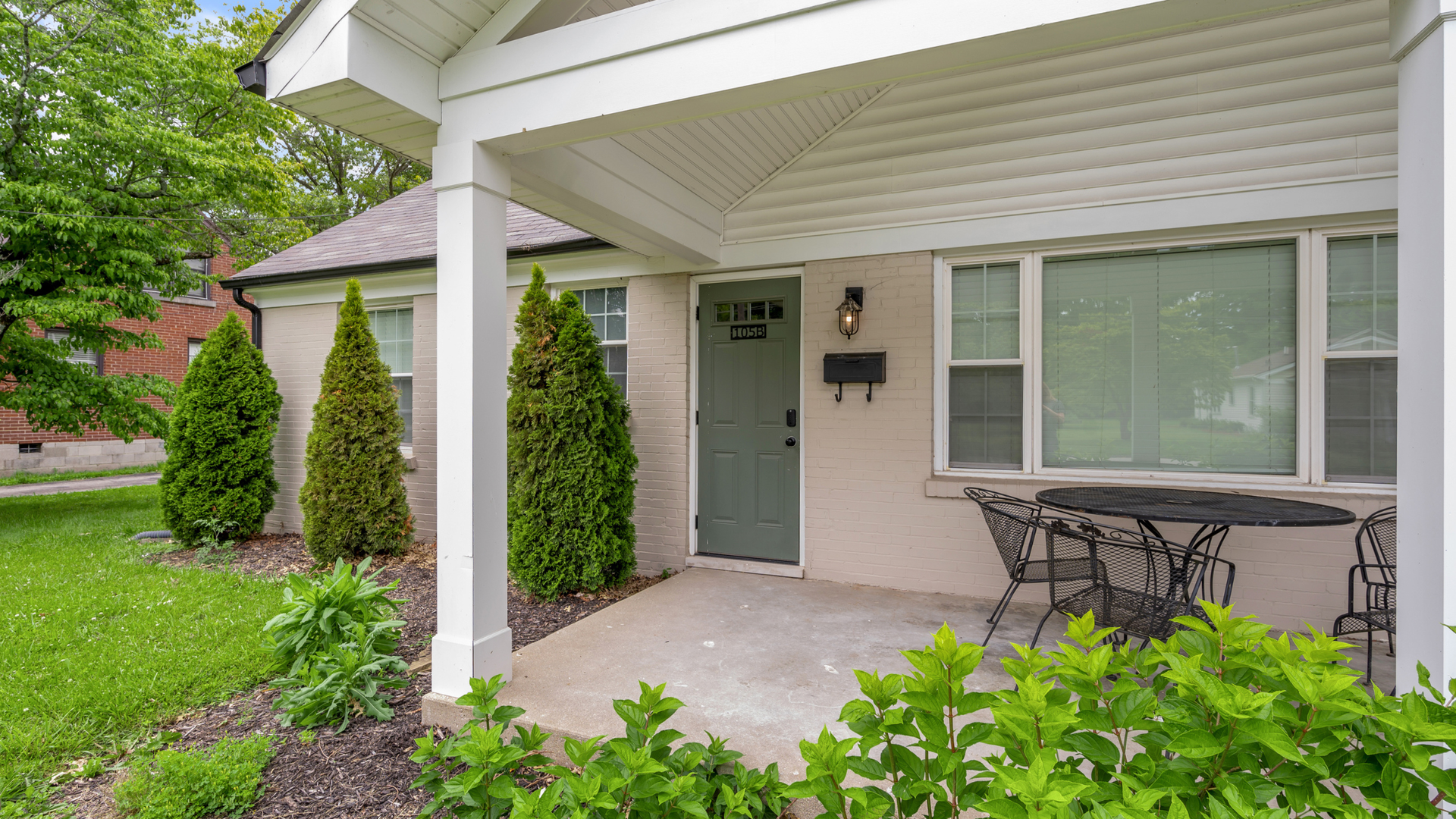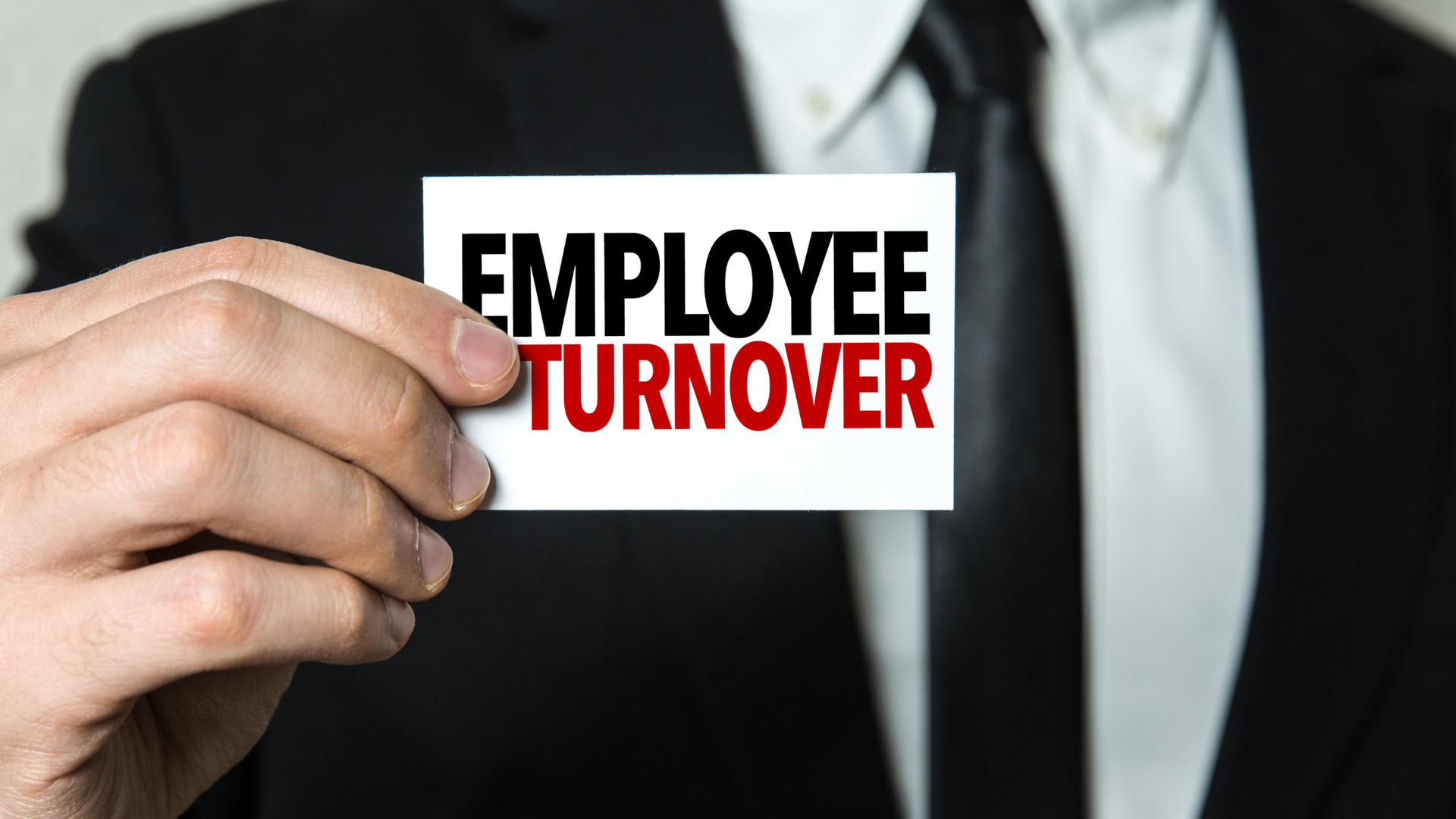More than a Bed: The Emotional ROI of Quality Crew Housing
There is a direct line between where crews sleep and how they show up on site. In a tight U.S. labor market where schedules are unforgiving and the talent pipeline is strained, the living environment you provide can nudge a project toward either calm momentum or chronic friction. This article explores housing for traveling construction workers and why the “emotional ROI” of quality lodging is one of the most underestimated levers you have.
The human math behind “emotional ROI”
Most contractors feel the pinch from churn and shortages. In 2025, contractors reported workforce shortages as a leading reason for project delays, with 45% citing worker shortages as the top cause and 78% reporting at least one delayed project in the past year (Associated General Contractors of America analysis). When skilled labor is scarce, anything that damages morale or sleep quality has a multiplier effect: it risks more call-outs, more rework, and more handoffs as people rotate off your job.
This is why the value of good housing goes well beyond line-item cost. Turnover alone erodes budgets. SHRM estimates the cost of replacing an employee often ranges from 50% to 200% of annual salary, which means losing even one superintendent or high-skill craftsperson can quietly wipe out months of cost-cutting elsewhere. Deskless roles—like those in construction—are even more vulnerable. In 2025, SHRM reported that deskless workers have a turnover rate roughly 1.6 times higher than desk-based roles, highlighting why retention-sensitive decisions such as lodging deserve executive attention. Stability where crews sleep is a practical retention tool.
Sleep, safety, and fewer 3 a.m. problem calls
Fatigue is not a soft topic. The National Safety Council reports that about 13% of workplace injuries are attributable to sleep problems, and more than 40% of U.S. workers are sleep deprived. In construction, where work is physically demanding and hazards are dynamic, the performance cost of poor sleep accumulates as near-misses, errors, and slower decision-making. Providing quiet, private bedrooms, consistent temperatures, blackout shades, and predictable cleaning reduces avoidable sleep disruption. That is not just comfort; it is risk management.
The risks extend beyond the site. NIOSH notes that motor vehicle crashes are the leading cause of work-related deaths in the U.S., and driver fatigue is a major safety risk. Implementing fatigue risk management systems is a recommended strategy.
When crews commute long distances after long shifts or try to rest in noisy accommodations, the odds of fatigue-related incidents rise. Proper crew housing that cuts commute times and supports healthy sleep patterns is a direct investment in getting everyone to the job and back safely, which reduces late-night emergency calls and the churn that follows them. That is emotional ROI you can report in reduced incidents and steadier productivity.
Reliability beats roulette: why your platform choice matters
The psychological toll of uncertainty is real. A mid-project cancellation or rigid host can spike stress and waste days. Airbnb’s 2025 policy updates add guest-friendly flexibility, including a standardized 24-hour free cancellation period on short stays starting October 1, and a broader shift from Strict to Firm policies on many listings. These changes can help vacationers, but they also widen the window for plan changes you do not control.
Hosts and guests have been debating how these rules play out in practice throughout 2025, which underscores that relying on ad hoc short-term rentals for mission-critical crew housing invites last-minute scrambles.
Real-world posts from workers and hosts paint the lived experience behind those policy lines. A recent r/Construction thread captured the grind of long-term travel and per diem decisions: “the feeling fades quick” and the perceived savings often come at the expense of quality of life, which erodes over time.
On the host side, threads document cancellations or policy friction that can leave guests hunting for alternatives far from the worksite and at higher prices, which compounds stress for traveling teams. If your housing plan depends on luck, your crew will feel it, and morale will react accordingly.
Near the site, near the win
There is also an emotional ROI in cutting commute drag. Long commutes correlate with lower job satisfaction and less willingness to go above and beyond, which is exactly the discretionary effort projects rely on when schedules tighten. A 2025 study on commuting and workplace behavior found that long commutes and associated stress can dampen pro-social workplace behaviors and initiative, which reflects what many superintendents observe anecdotally when crews spend too much time on the road.
Bringing housing closer to the site gives back time, reduces stress, and increases the mental bandwidth crews can invest in the work itself.
NIOSH and OSHA guidance around long work hours and irregular shifts further connect fatigue with performance and injury risk. When crews face extended shifts and irregular schedules, sleep is disrupted and stress rises, which is a recipe for errors and accidents. Housing that shortens the commute, quiets the environment, and supports natural sleep cycles reduces those risks. The result is subtle but powerful: a calmer job trailer, fewer frayed tempers, smoother daily starts, and a crew that feels your company is investing in their well-being rather than just their output.
What crews actually say they need
If you read through recent threads in r/Construction and related communities, the themes are consistent: privacy, reliable Wi‑Fi, laundry, kitchens that allow real meals, and locations genuinely near the job. The tone is not luxury; it is dignity. A worker who can shut a door, cook dinner, and sleep through the night returns to the site with more patience, sharper attention, and better mood. Those are the emotional inputs that reduce conflicts, improve coordination across trades, and accelerate punch lists. You do not need a gold-plated apartment to unlock that. You need quiet, clean, safe, and practical, every day.
The business case is simple. Emotional friction produces real cost. When people feel disrespected, they leave. When they sleep poorly, they make more mistakes. When housing is far away or unstable, they arrive late or anxious. Each of those “soft” issues has a hard-dollar counterpart: replacement costs, rework, overtime, schedule creep, and even claims. NIOSH estimates that work-related injuries and illnesses cost the U.S. economy roughly $250 billion annually.
You cannot rewrite the entire industry’s exposure, but you can bend your project’s curve by smoothing avoidable friction points that start where crews sleep.
Where our service fits
At Hard Hat Housing, we build for those specifics. Our furnished units are purpose-selected for crews, with private rooms, full kitchens, laundry, utilities and Wi‑Fi included, and flexible booking terms that match project realities. We place crews near the job so time and energy go into the work, not the commute. That setup directly supports sleep quality and day-to-day stability, which translates into steadier output and fewer escalations. We also provide recurring cleaning and simple, all‑inclusive pricing so coordinators do not burn hours reconciling utility bills or mediating roommates. Those are small stress removers with large ripple effects on morale and retention.
Just as important, we prioritize reliability over roulette. The last thing a project needs is a mid-stay surprise. Our team manages the details and communicates proactively, which helps travel coordinators and PMs avoid the known pitfalls that many crews report when cobbling housing together from consumer platforms. The outcome is an environment crews can trust. When workers feel considered, they bring that extra goodwill back to site meetings, coordination calls, and the thousands of micro-choices that keep a schedule on track. That is the emotional ROI leaders notice most.
How to start measuring emotional ROI on housing
To make this tangible for your organization, track leading indicators that reflect emotional outcomes alongside your usual cost metrics. Examples include sleep-related incidents or near-misses, the number of early departures or last-minute schedule changes, rework counts by trade, the share of crew with private rooms, average commute time, and mid-project housing moves. Add a simple monthly pulse survey that asks about rest quality and housing satisfaction.
Then connect those signals to cost. If better housing reduces injuries attributable to fatigue and improves sleep quality, you should see fewer safety events and less overtime; NSC’s estimate that 13% of injuries stem from sleep problems gives you a benchmark to model potential savings as you improve conditions. If more predictable, near-site housing reduces drive time and stress, look for small improvements in start-time punctuality and coordination quality. If retention improves, connect wins to SHRM’s turnover cost range to show executive stakeholders what you saved by keeping a superintendent through project closeout.
Even a modest improvement in any one of these areas can more than offset the premium for quality crew lodging.
Build loyalty where they sleep
Quality crew housing is not a perk. It is a daily signal of respect that compounds into safer shifts, calmer coordination, and steadier schedules. In a year when many firms still cite labor as the top driver of delays, the smartest “people strategy” is often a housing strategy in disguise. Give your crews a place they can rest, cook, and close a door, close the commute gap, and remove the uncertainty of one-off bookings. The emotional ROI shows up quietly as fewer hard conversations and more days that end on time. That is how projects finish strong.
Ready to reduce housing stress and lift morale on your next project?
Contact us to place your crew in reliable, near-site furnished housing designed for how construction really works.













